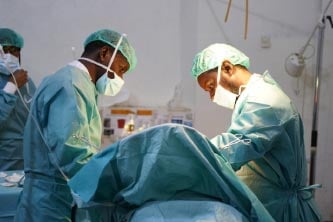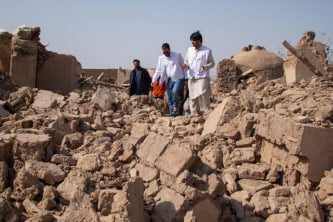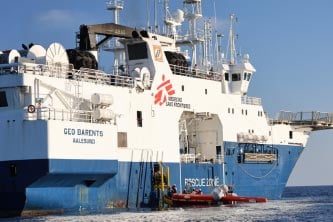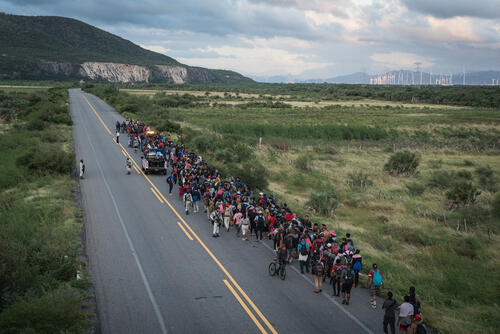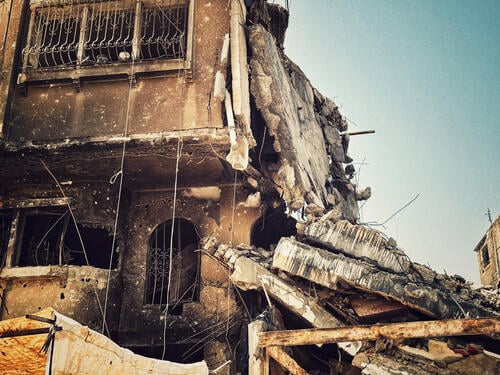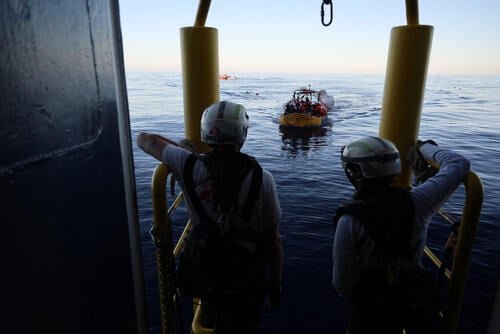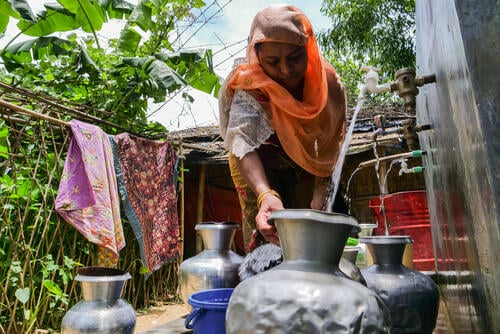The number of people who have been forcibly displaced is now more than double the number 10 years ago, and the most since World War II. There are many reasons for flight, including war, persecution, conflict, natural disaster, destitution and repression.
With health and well-being jeopardized, the lives of the most vulnerable can be at risk. The majority are internally displaced people (IDPs), meaning they haven't crossed a border and have stayed within their country.
MSF teams work alongside people on the move at their points of arrival or during the treacherous journeys they undertake, inside and outside their countries.
Featured
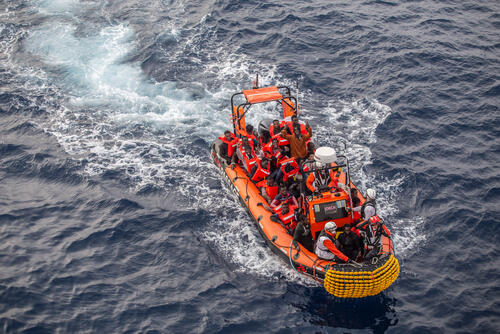
Over 100 deaths at sea in one week as European States look away
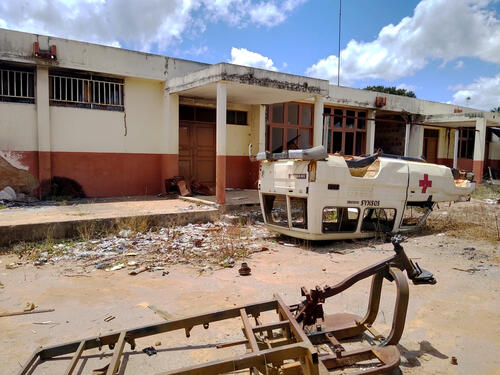
"It's extremely volatile" – people in Cabo Delgado continue to flee violence
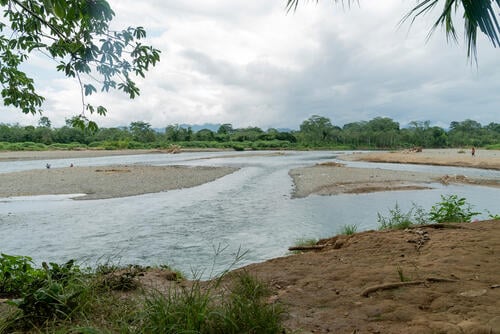
Violence and danger for people crossing Panama’s Darien jungle
Reports & Analysis
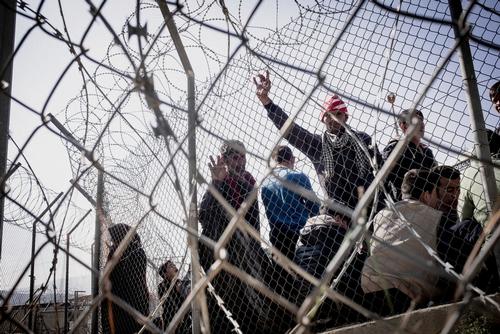
Constructing Crisis at Europe’s Border
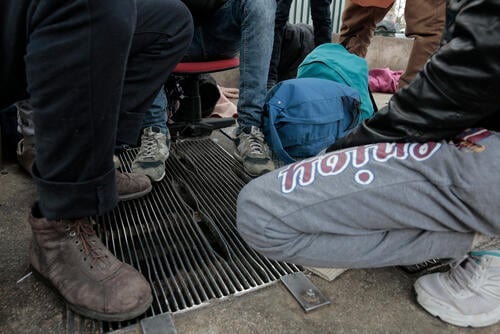
Unaccompanied minors, symbols of a policy of mistreatment
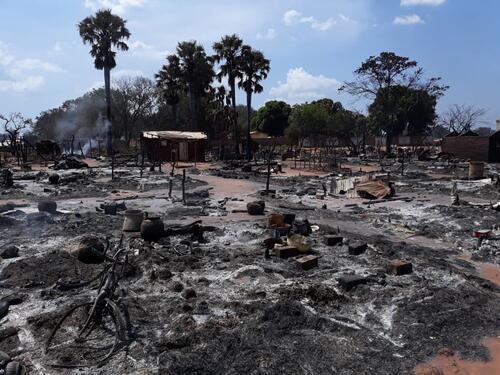
Unprotected: Report on violence and lack of protection for civilians in CAR
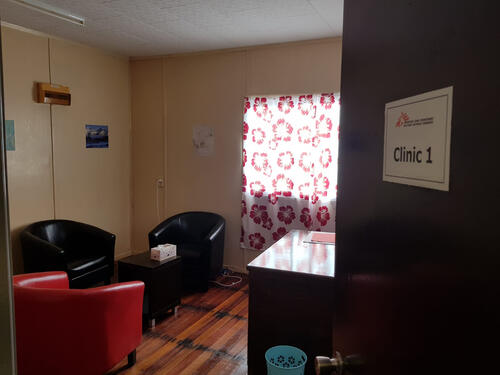
Report: Indefinite Despair
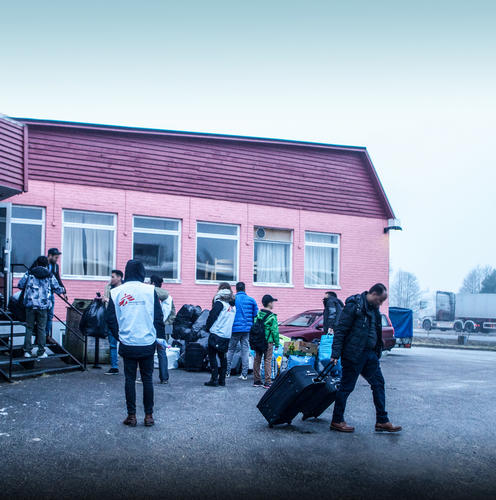
Uncertain life situation leads to mental health distress among asylum seekers
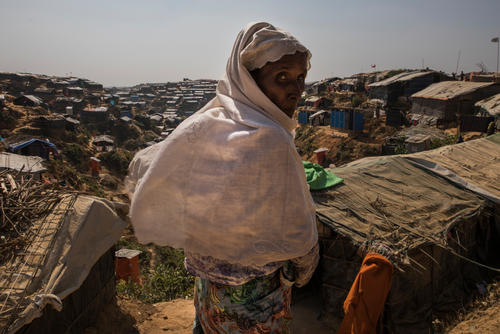
‘No one was left’ - Death and Violence Against the Rohingya
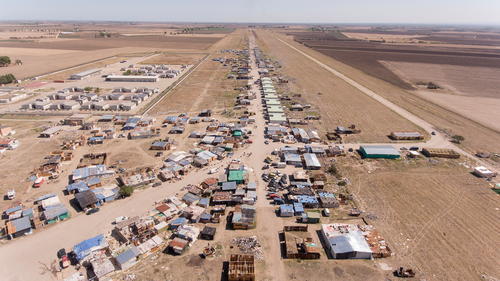
Migrants and refugees on the margins of society

MSF-Analysis articles on Migration & Refugees
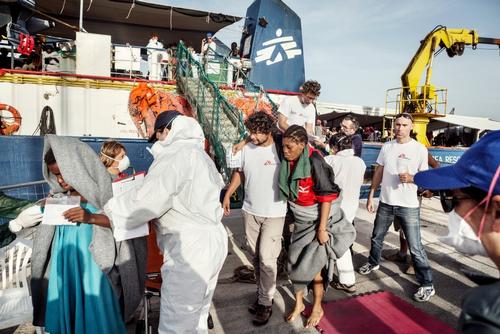
European policies dramatically worsened the so-called 2015 “refugee crisis”

MSF denounces the sexual violence against migrants travelling to Europe

Health services struggle to meet the needs of the displaced in Pakistan's North West Frontier Province

MSF to support hospitals in Lashkar Gah and Kabul

Mounting desperation for Rohingya in Bangladesh

Long-suffering Rohingya in Bangladesh face unacceptable abuse

Local health services and host families strained by massive displacement in Pakistan's North West Frontier Province

MSF increases medical assistance to those affected by violence in north DR Congo

No Refuge, Access Denied: Medical and Humanitarian Needs of Zimbabweans in South Africa
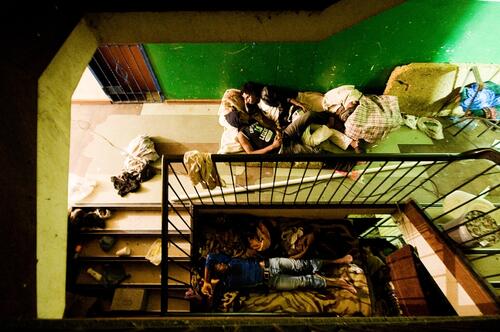
Zimbabwean nightmare of neglect continues in South Africa

